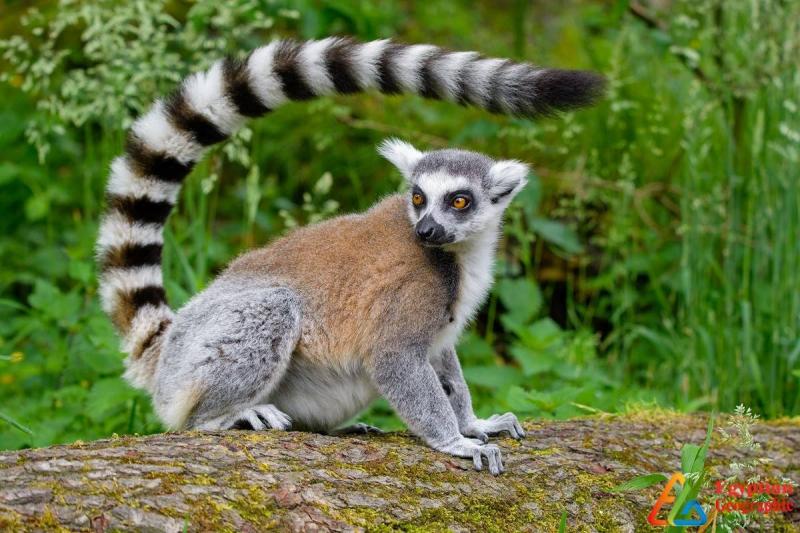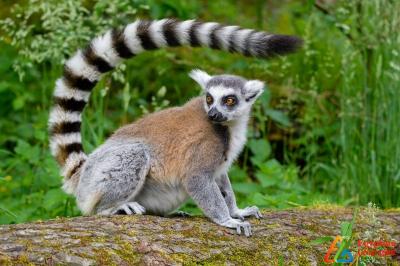There are many species that form monogamous bonds with their mates just like humans, as revealed by a new study from Duke University. The study found that the brain circuits that support love and lasting attachment in some species are not the same in others. The researchers compared monogamous and mixed species within a group of primates that resemble humans, known as lemurs.
The red-bellied lemur and the mongoose lemur are two of the only species in this group where male and female pairs are bonded together to raise their young and defend their territory. Once these lemurs bond with each other, they spend about a third of their lives together, with partners spending hours caring for and helping one another. Monogamy is rare among mammals and has long puzzled biologists. While about 90% of birds usually remain faithful to one partner, only 3-5% of mammals exhibit long-term attachment and fidelity to their partners. Study leader Nicholas Graep explained, "It's really uncommon."
According to the study, the researchers aimed to explore the reasons why some species are biologically inclined towards monogamy and lasting attachment. Previous studies have found evidence that two hormones released during mating—oxytocin and vasopressin—affect love and everlasting attachment based on their influence on the brain. When experts compared the brains of monogamous wild mice with two other mixes of lab mice that behaved unpredictably, they found that the wild mice had more stable sites for these hormones, especially in brain areas responsible for reward and feelings of happiness.
The researchers hypothesized that if these "bonding chemicals" enhance lasting love in mice, they may have the same effect on humans. The study focused on lemurs because they are genetically closer to humans than mice. The researchers also used a technique called autoradiography on 12 lemurs that died from natural causes at Duke’s facility. They used the images to identify binding and stability sites for the hormones oxytocin and vasopressin and then compared the results from lemur brain imaging with previous results from mice and monkeys.
This analysis revealed some notable differences in the density and distribution of hormone receptors in the brains among primates. Essentially, the researchers discovered that oxytocin and vasopressin act on different parts of the lemur brain, suggesting they may also have different effects depending on the brain areas targeted by these hormones. According to Graep, oxytocin might be the "devotion dose" in mice, but the complex actions and interactions of many brain chemicals, along with environmental factors, might drive lemurs and other primates like humans to form lasting bonds and love with their partners. Graep added, "There are likely many different ways that a monogamous equivalent is created in the brain, depending on the particular animals we’re studying. There are more details and differences than we previously thought."




